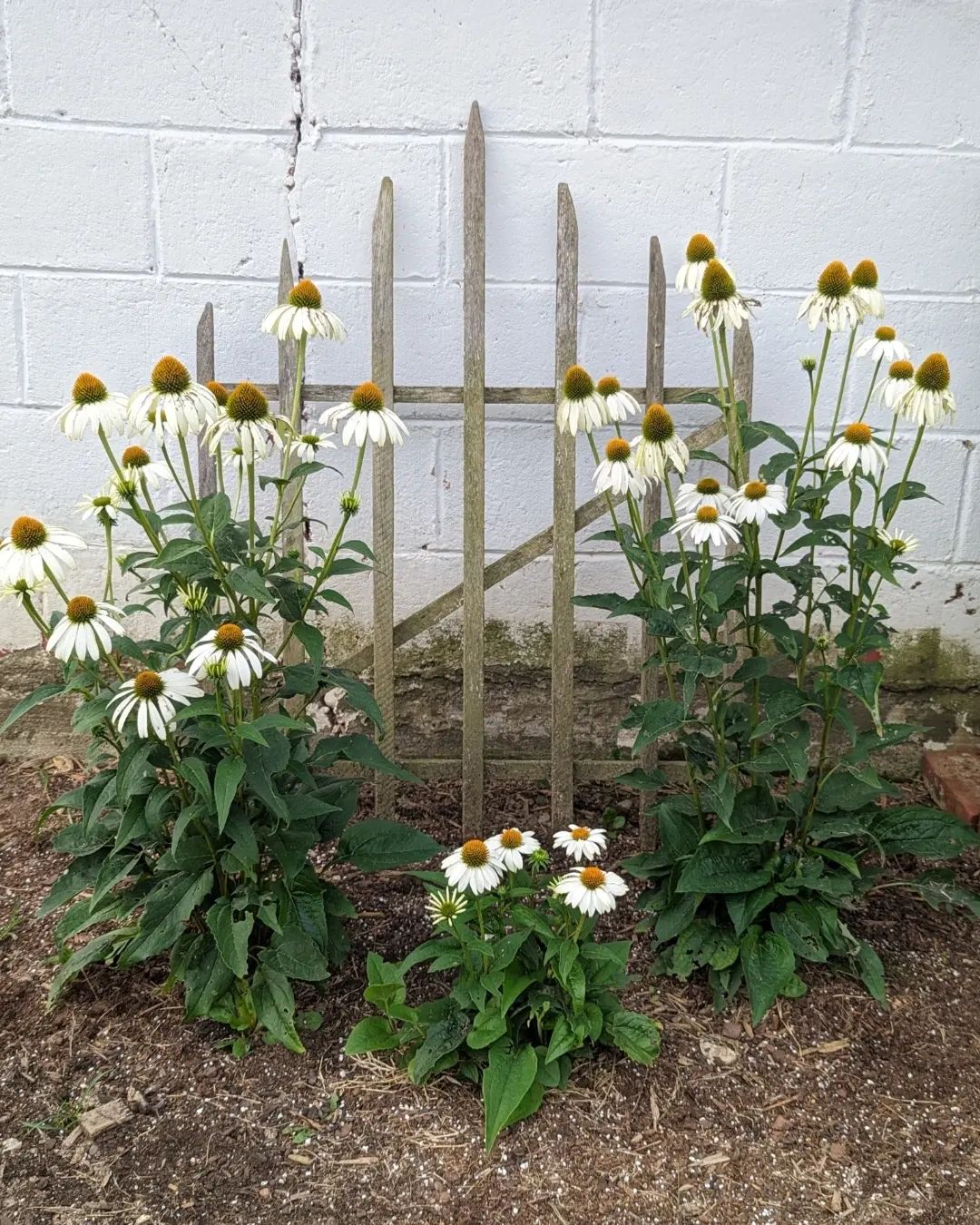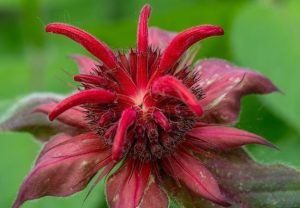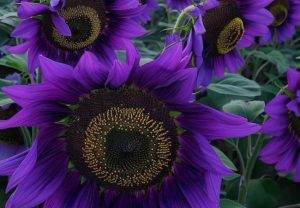Discover the secrets to cultivating beautiful Coneflowers (Echinacea) with this detailed guide covering planting, care, and maintenance for vibrant blooms all season long.
Coneflowers, or Echinacea, are a beloved addition to any garden, with their vibrant petals and striking cone-shaped centers. Native to North America, these hardy perennials are not only gorgeous but also incredibly easy to grow and maintain. Whether you’re a seasoned gardener or a beginner, this comprehensive guide will walk you through everything you need to know about growing coneflowers, ensuring a stunning display of blooms year after year.
Here’s a concise information chart about coneflowers:
| Attribute | Information |
|---|---|
| Botanical Name | Echinacea spp. |
| Plant Type | Herbaceous perennial |
| Zones | 3-9 (varies by species) |
| Exposure | Full sun to partial shade |
| Bloom Time | Summer to fall |
| Height/Spread | Height: 1-4 feet Spread: 1-2 feet |
About Coneflowers (Echinacea)
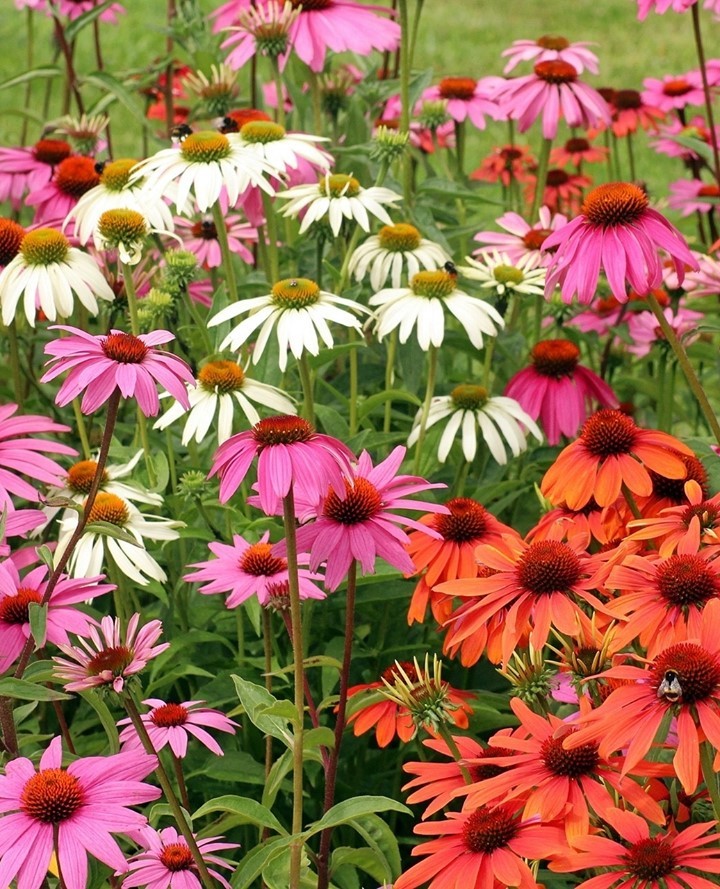
Coneflowers belong to the Asteraceae family and are characterized by their distinctive cone-shaped centers surrounded by drooping petals. These sun-loving plants come in a variety of colors, including the classic purple, as well as pink, white, and yellow hues. Echinacea plants are known for their drought tolerance and resistance to pests and diseases, making them a low-maintenance choice for any garden.
Planting Coneflowers
Choosing the Right Location
Coneflowers thrive in full sun, requiring at least six hours of direct sunlight per day. They prefer well-drained soil rich in organic matter, but they can adapt to various soil types. Avoid planting them in areas with heavy clay or overly moist conditions, as this can lead to root rot.
When to Plant
The best time to plant coneflowers depends on your climate. In most regions, early spring or fall is ideal. Spring planting allows the roots to establish themselves before the hot summer months, while fall planting gives the plants time to settle in before winter.
Seed or Transplants?
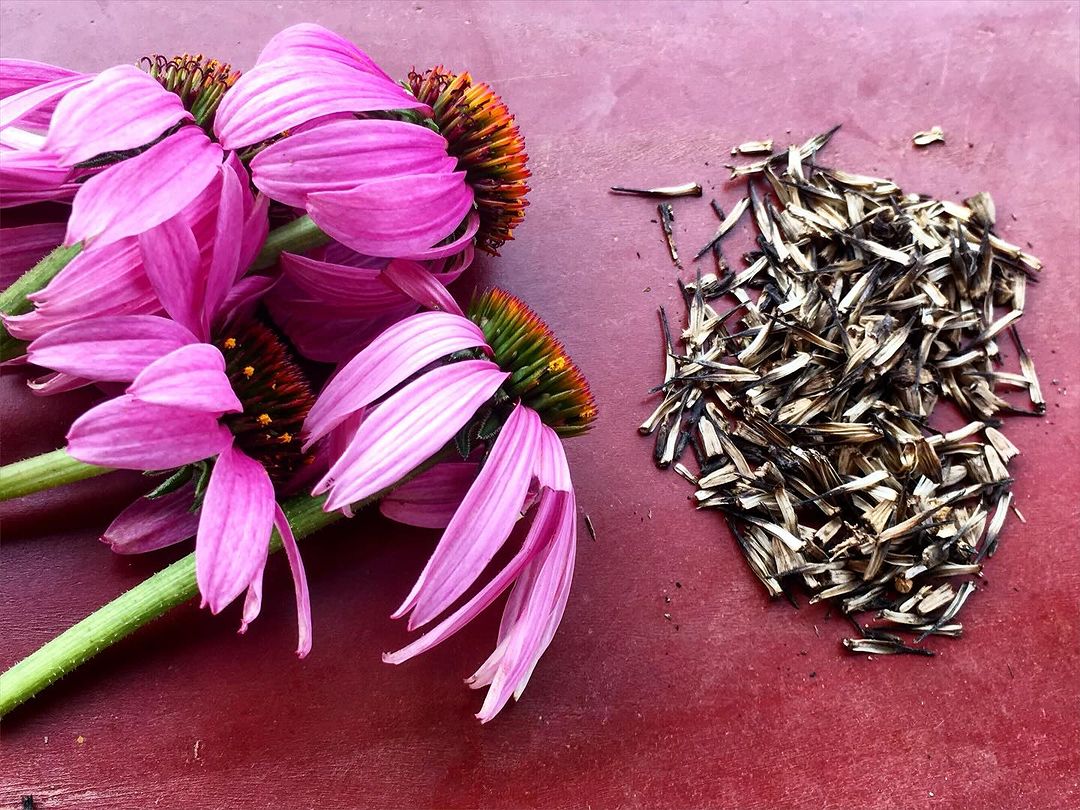
Coneflowers can be grown from seeds or transplants. Seeds offer a wider variety of cultivars but require more patience, as they may take several weeks to germinate. Transplants, on the other hand, provide an instant burst of color and can bloom the same season they’re planted.
Spacing and Depth
When planting coneflower seeds, sow them about 1/4 inch deep and 12 inches apart. For transplants, space them 18 to 24 inches apart, allowing room for their mature size. Proper spacing ensures adequate air circulation and prevents overcrowding, which can lead to disease issues.
Caring for Coneflowers
Watering
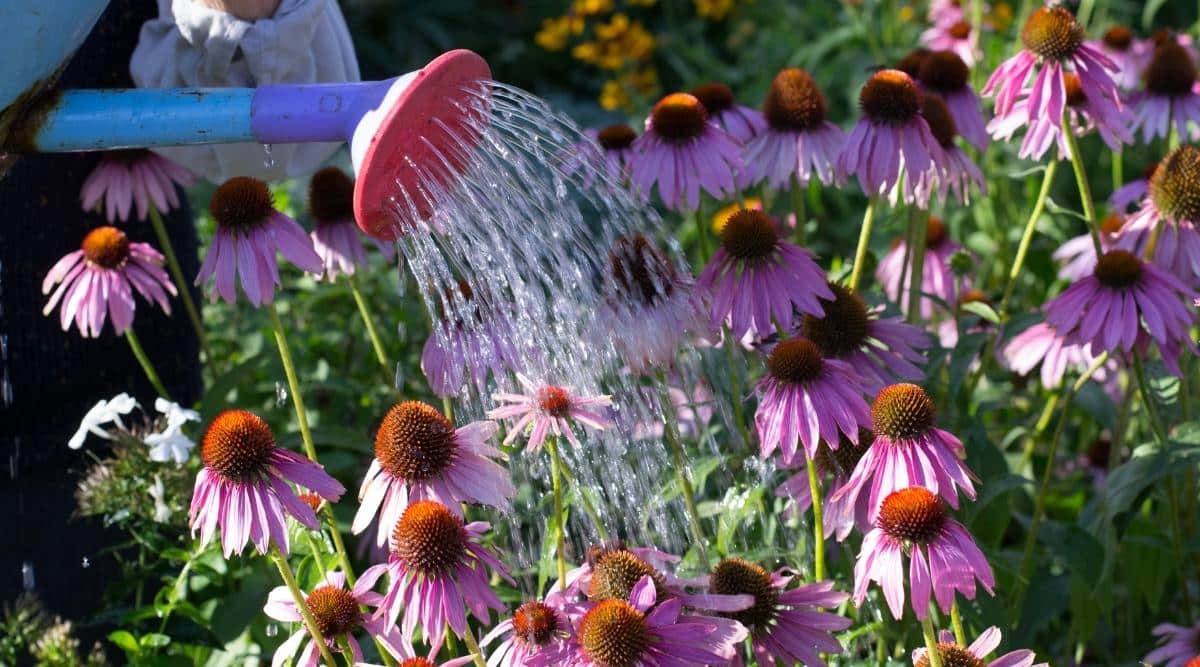
Coneflowers are relatively drought-tolerant once established, but they appreciate consistent moisture during their first growing season. Water deeply, about once a week, allowing the soil to dry out slightly between waterings. Avoid overwatering, as this can lead to root rot and other problems.
Fertilizing
Coneflowers are not heavy feeders, but they benefit from occasional fertilization. In early spring, apply a balanced, slow-release fertilizer or compost around the base of the plants. Avoid excessive fertilization, as it can promote lush foliage growth at the expense of flowers.
Deadheading and Pruning
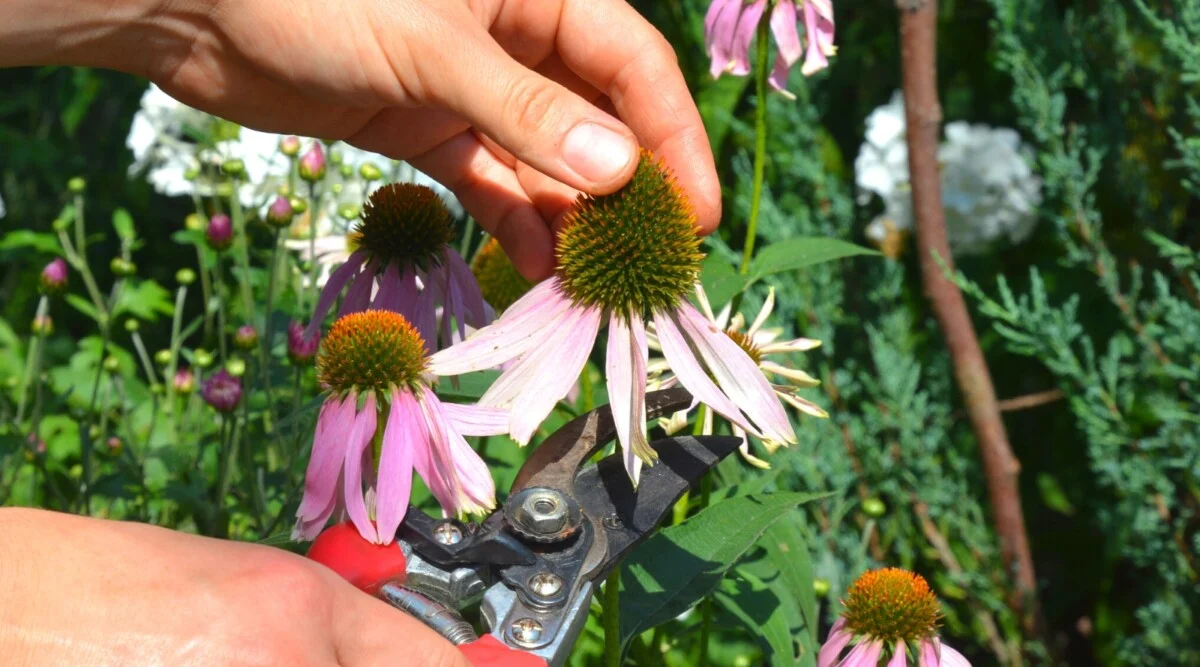
To encourage continuous blooming, regularly remove spent flowers by deadheading. This process involves snipping off the faded blooms just below the flower head. Prune coneflowers back to about 6 inches in late fall or early spring to promote new growth and keep the plants tidy.
Mulching
Applying a 2- to 3-inch layer of mulch around the base of coneflowers helps retain moisture and suppress weeds. Use organic materials like shredded bark, leaves, or straw, replenishing the mulch as needed throughout the growing season.
Winter Care
In most climates, coneflowers are hardy and can withstand winter temperatures without special protection. However, in areas with harsh winters, it’s a good idea to apply a thick layer of mulch around the base of the plants to insulate the roots.
Propagation
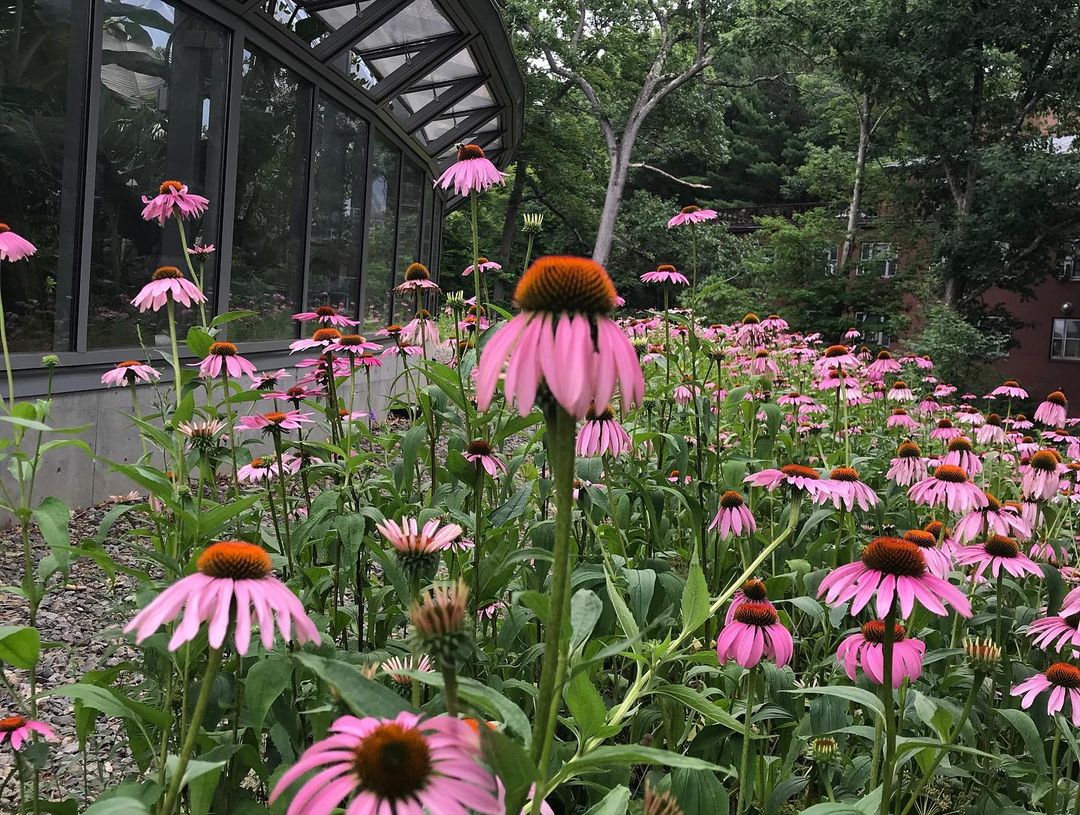
Coneflowers can be easily propagated through division or seed collection. Divide established clumps in early spring or fall, replanting the divisions at the same depth as the original plant. Alternatively, allow the flowers to go to seed and collect the dried seeds for planting the following season.
Potential Issues and Solutions

While coneflowers are generally low-maintenance, they can be susceptible to a few issues. Here are some common problems and their solutions:
Pests and Diseases
Coneflowers are relatively resistant to pests and diseases, but they can occasionally suffer from issues like powdery mildew, leaf spot, or aphid infestations. Proper spacing, good air circulation, and avoiding overhead watering can help prevent these problems. If an issue arises, treat it with an appropriate fungicide or insecticidal soap.
Leggy Growth
If coneflowers receive too much shade or are overcrowded, they may develop leggy, sparse growth. Ensure they receive adequate sunlight and thin out overcrowded plants to promote bushier, healthier growth.
Stunted Growth
Stunted growth can be caused by poor soil conditions, lack of nutrients, or inadequate water. Amend the soil with compost or fertilizer, and ensure the plants receive consistent moisture, especially during dry spells.
Uses and Varieties
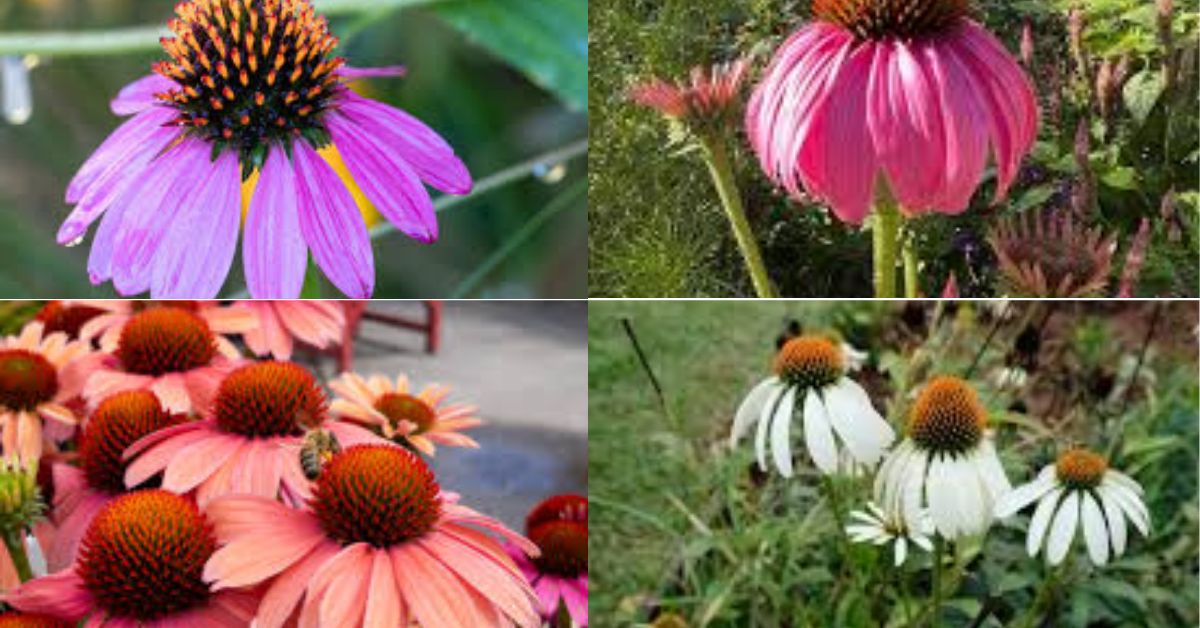
Coneflowers are versatile plants that can be used in various ways throughout the garden. They make excellent cut flowers, lasting up to two weeks in a vase. Additionally, their seed heads provide food for birds during the winter months.
There are numerous coneflower varieties to choose from, each with its unique characteristics. Some popular cultivars include:
1. Purple Coneflower (Echinacea purpurea): The classic purple variety with drooping petals.
2. Green Jewel (Echinacea purpurea ‘Green Jewel’): Striking green blooms with a reddish-orange cone.
3. Cheyenne Spirit (Echinacea ‘Cheyenne Spirit’): A mix of colors ranging from orange to yellow, red, and purple.
4. Pow Wow Wild Berry (Echinacea purpurea ‘Pow Wow Wild Berry’): Vibrant rose-purple petals with a dark cone.
Conclusion
Coneflowers are a beautiful and low-maintenance addition to any garden, offering a stunning display of color and texture throughout the growing season. With their easy-care nature and versatility, these hardy perennials are a must-have for gardeners of all skill levels. By following the tips outlined in this guide, you can enjoy a vibrant and healthy coneflower garden for years to come.
